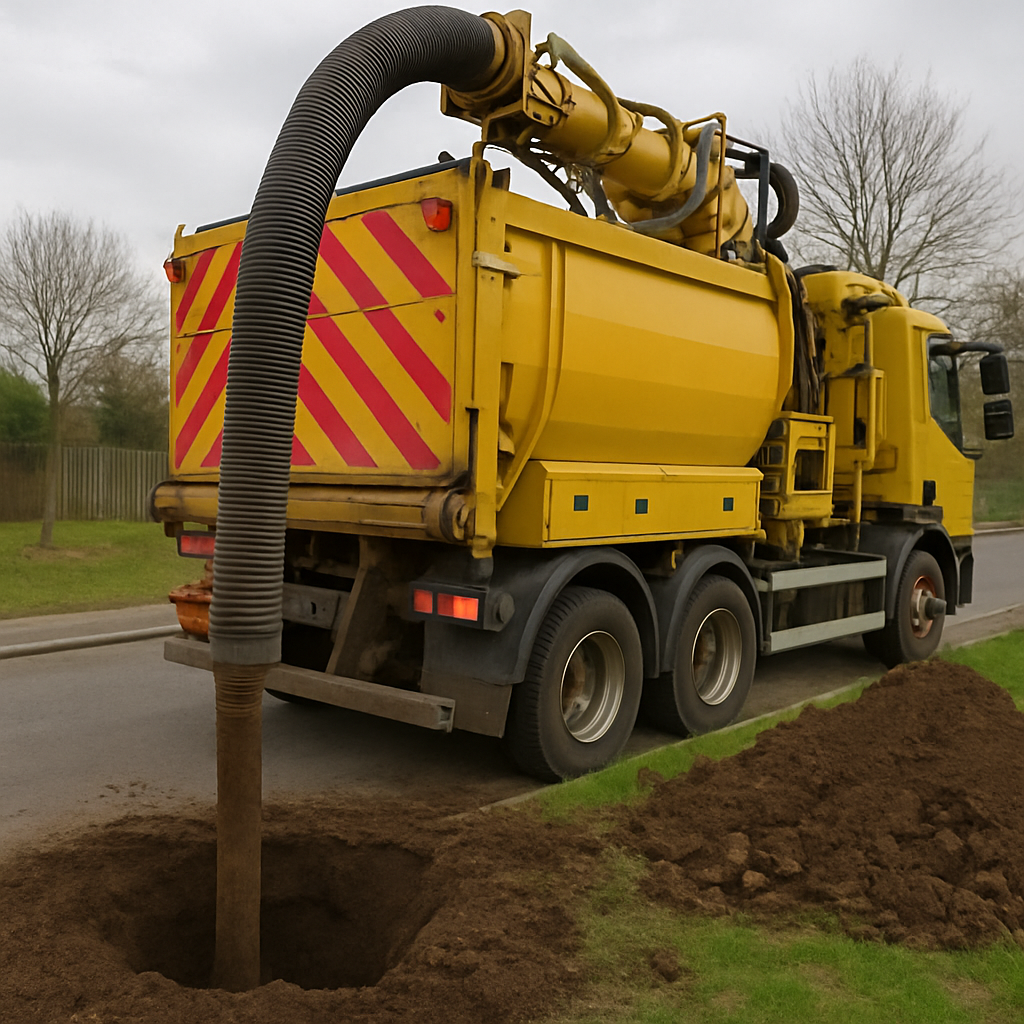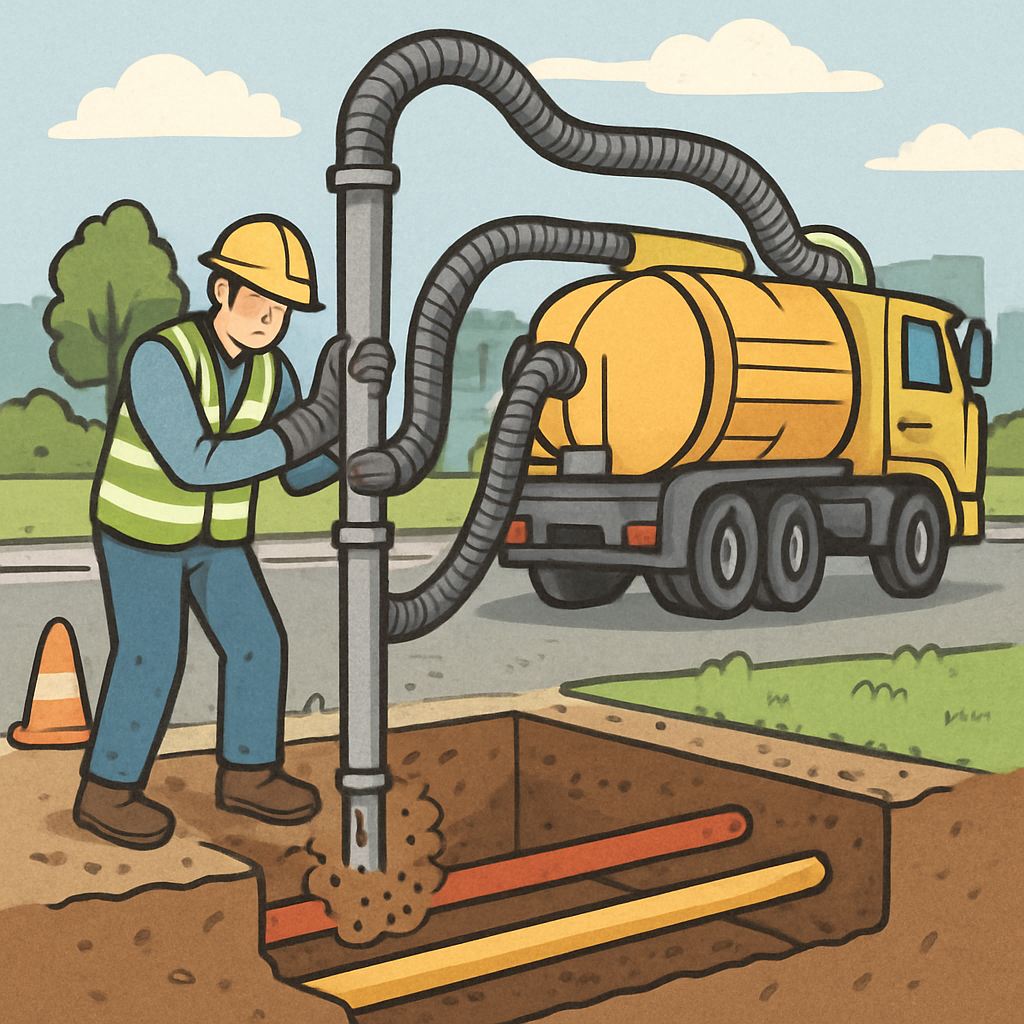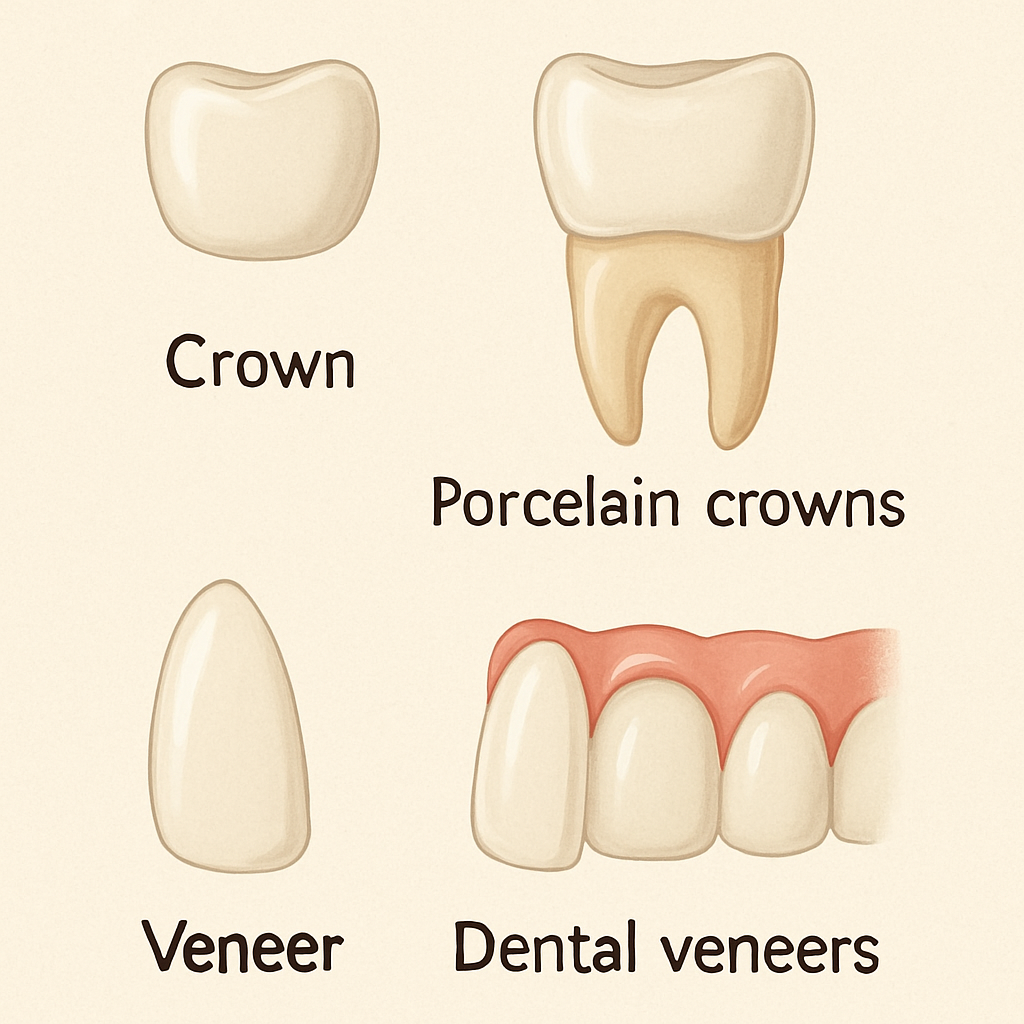Vacuum excavation is transforming the way we dig. This modern technique uses powerful vacuums to remove soil safely.
Unlike traditional methods, it minimizes damage to underground utilities. This makes it ideal for urban projects.
Hydro excavation, a type of vacuum excavation, uses water to loosen soil. This adds precision and safety to the process.
The technique is gaining popularity for its efficiency and environmental benefits. It reduces soil disturbance and prevents erosion.
Whether for construction or utility maintenance, vacuum excavation offers a cleaner, safer, and more efficient solution.

Understanding Vacuum Excavation
Vacuum excavation is more than just a method—it’s a revolution in digging. This technique involves using a high-powered vacuum to remove soil and debris safely.
The core benefit of vacuum excavation is its non-destructive nature. By carefully extracting soil, it prevents damage to underground utilities like cables and pipes.
Unlike traditional digging methods, vacuum excavation provides precision. This precision is essential in crowded urban areas. It reduces risks and makes the excavation process safer and more controlled.
Key features of vacuum excavation include:
- Use of vacuum hoses
- Capability to handle various soil types
- Suitability for small and large projects
The method proves valuable for construction, utility maintenance, and other sectors. Its flexibility and accuracy make it an ideal choice for modern projects. Vacuum excavation has gained a reputation for being both efficient and environmentally conscious. Whether dealing with sensitive environments or tight budgets, this technique provides a practical solution.
How the Vacuum Excavation Technique Works
The vacuum excavation technique begins with the careful loosening of soil. Depending on conditions, either air or water jets are used to break up the surface.
Once the soil is loosened, a high-powered vacuum is deployed. This vacuum extracts the soil and debris through a hose. The material is collected in a holding tank, allowing for easy disposal later.
Operators control the process, ensuring precision. This control minimizes disturbances and makes the method safer than mechanical digging.
Key steps in the vacuum excavation process include:
- Loosening soil with air or water
- Vacuuming debris into a collection tank
- Precise control to avoid utility damage
The technique is adaptable, functioning effectively in various soil types from clay to sand. By combining technology and precision, vacuum excavation offers a reliable solution for diverse projects. It seamlessly integrates with other excavation methods when needed, enhancing its versatility further.
Types of Vacuum Excavation: Hydro and Air
There are two main types of vacuum excavation: hydro excavation and air excavation. Each has unique advantages and applications based on the project and site conditions.
Hydro excavation uses pressurized water jets to break down soil. It’s ideal for projects requiring careful handling or moist soil conditions. The water loosens the soil, making it easier to vacuum.
Air excavation uses high-pressure air to break apart soil. It’s perfect for dry conditions and causes less environmental impact. This method is often used where water might cause complications or contamination.
Here are the key differences:
- Hydro Excavation: Uses water; best for moist areas
- Air Excavation: Uses air; suitable for dry conditions
Choosing the right method depends on factors like soil type, environmental concerns, and project specifics. Both techniques offer precision but cater to different excavation needs.
Key Benefits of Vacuum Excavation
Vacuum excavation offers numerous benefits over traditional methods. It provides a safer, more efficient way to dig without damaging underlying utilities. This precision significantly reduces the risk of costly utility strikes.
The technique is environmentally friendly. It minimizes soil disturbance and erosion, which is particularly beneficial in sensitive sites. Furthermore, it ensures a cleaner worksite by effectively managing dust and debris.
Beyond environmental and safety advantages, vacuum excavation saves time and labor. It combines speed and accuracy, resulting in lower overall costs. Projects can be completed faster with fewer workers, optimizing resources.
Key benefits include:
- Enhanced precision and safety
- Environmentally responsible excavation
- Cost and time efficiency
- Utility maintenance
- Environmental clean-ups
Overall, vacuum excavation is versatile and adapts well to various scenarios. Its ability to prevent accidental strikes and maintain a clean site makes it invaluable.
Vacuum Excavation vs. Traditional Excavation Methods
Vacuum excavation offers several advantages over traditional excavation. Traditional methods often involve heavy machinery and can damage underground utilities. In contrast, vacuum excavation is non-destructive and precise.
Conventional excavation may lead to accidental utility strikes or significant landscape disruption. This can lead to costly repairs and safety hazards. Vacuum excavation, however, minimizes these risks, offering a safer alternative.
Although traditional methods are still used, vacuum excavation is gaining preference. It excels in sensitive environments and densely populated areas where precision is crucial.
Key differences include:
- Non-destructive vs. mechanical digging
- Precision vs. potential for damage
- Safety vs. higher accident risk
Safety and Environmental Considerations
Vacuum excavation is renowned for its safety and minimal environmental impact. It significantly reduces the risk of accidents and injuries on site.
From an environmental perspective, vacuum excavation minimizes soil disturbance. This helps prevent erosion and preserves natural habitats. Furthermore, it poses a reduced risk of contaminating the surrounding ecosystem.
Safety and environmental benefits include:
- Lower risk of damaging utilities
- Minimal soil disruption
- Reduced chance of site contamination
This approach aligns well with sustainable practices and stringent safety regulations.
Limitations and Considerations
While vacuum excavation offers many advantages, it does have limitations. For instance, cost can be higher compared to traditional methods due to specialized equipment.
Additionally, the process might not be suitable for very hard or rocky terrains.
Key considerations include:
- Higher operational costs
- Limited terrain suitability
- Specialized skill requirements
Careful assessment of project needs and conditions is crucial for optimal results.
The Future of Vacuum Excavation
The future of vacuum excavation looks promising due to its growing adoption across industries. Its benefits in safety and efficiency are drawing significant attention.
Technological advancements continue to enhance its capabilities, making it even more effective. As environmental awareness increases, the demand for sustainable excavation solutions like vacuum excavation is expected to rise. This trend highlights the method’s relevance and adaptability in modern construction and excavation practices.
Conclusion
In conclusion, the vacuum excavation technique offers a safe, efficient, and environmentally friendly approach to excavation. Its versatility and precision make it ideal for modern projects. Embracing this method can lead to safer work environments and successful project outcomes.







